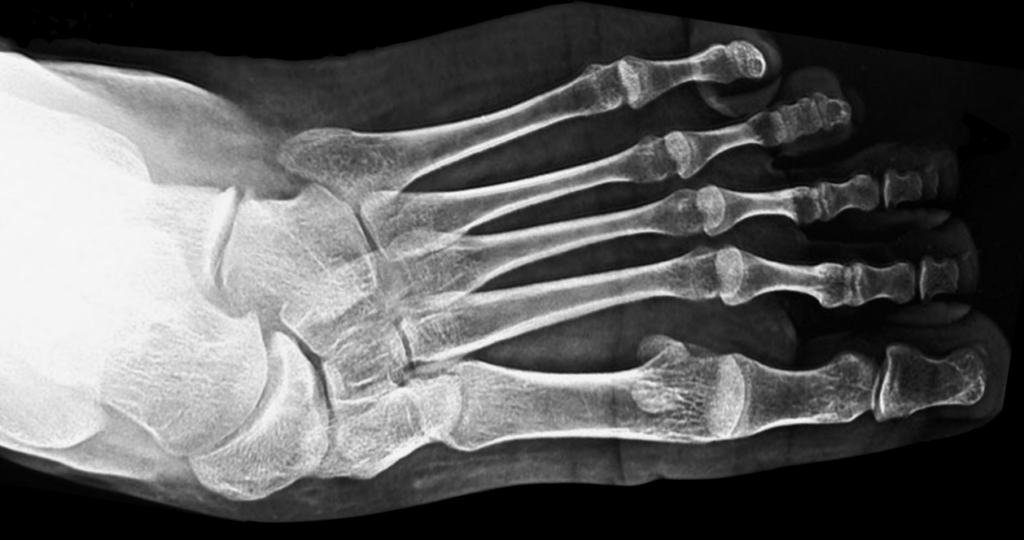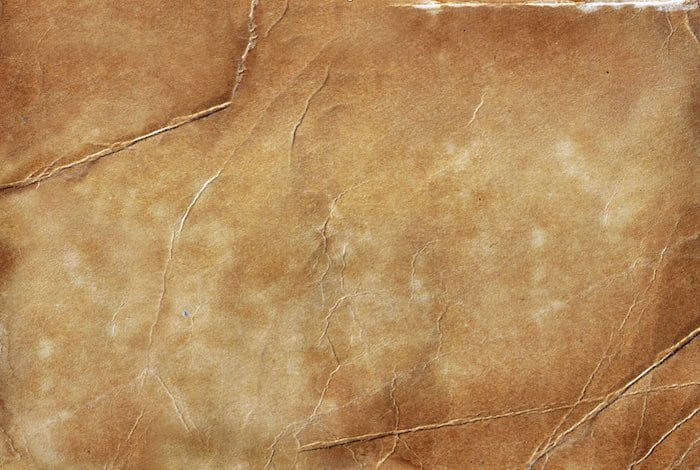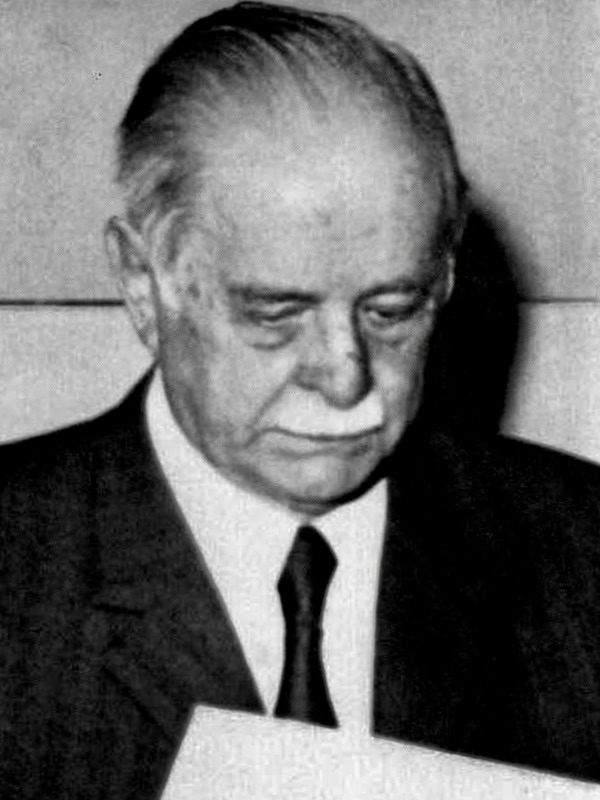Konrad Weiss
Konrad Weiss (1891 – 1976) was an Austrian radiologist.
Born and raised in Vienna, Austria, he attended medical school at the University of Vienna in 1910. Called to service during the first world war, he was decorated with the golden medal of valor by the Austro-Hungarian army.
He graduated in 1916, and whilst working at a military reserve hospital, he first came into contact with the emerging field of Radiology, which he would come to love. In 1920 he began working alongside contemporary Robert Kienböck at the Vienna Institute of Radiology, where he would stay for nearly 40 years, and develop groundbreaking recognitions in pathology and anatomy of bone and joint diseases.
Weiss is credited with early descriptions of Müller-Weiss syndrome, the dissecting aortic aneurysm, and gastric torsion. He was a founding member of the Austrian Radiological Society.
Biography
- 1891 born on November 5th in Vienna
- 1910 attended medical school at the University of Vienna
- 1916 received the golden medal of valour for his service in WWI
- 1920 began working at Kienböck institute of Radiology at the Vienna polyclinic
- 1934 first board member of the newly founded Austrian Röntgen Society
- 1936 succeeded Kienböck as chair of the institute of Radiology
- 1941 received the title of Professor from the Austrian ministry of teaching
- 1948 organized the first post-war sitting of the Austrian Röntgen Society
- 1958 retired from his position at the Vienna polyclinic
- Died 1976
Medical Eponyms
Müller-Weiss syndrome (MWS) (1929)
Spontaneous osteonecrosis of the tarsal navicular in adults, is a rare cause of chronic medial midfoot pain.
Complex idiopathic foot condition with deformity of the tarsal navicular. Commonly presents in adulthood with chronic mid and hindfoot pain. Distinct from Köhler disease, the osteochondrosis of the tarsal navicular bone in children.
Georg Schmidt first reported the condition in a patient with “pluriglandular insufficiency syndrome” in 1925. In 1927, German orthopedic surgeon, Walther Müller (1888–1949) reported a case of MWD and attributed it to mechanical collapse from compressive forces. One year later, he proposed a congenital theory as the cause of the condition
In 1929, Weiss presented 2 cases with similar findings. Based on radiographic signs of increased bone sclerosis and adjacent joint space narrowing, he attributed the condition to osteonecrosis.

Major Publications
- Weiss K. [The Kreuzfuchs method of aortic measurement]. Deutsche medizinische Wochenschrift 1921; 47 (12): 322-324
- Weiss K. Ueber den Retentionsmechanismus im Duodenum. Deutsche medizinische Wochenschrift 1922; 48(32): 1072-1073
- Weiss K. Über die “Malazie” des Os naviculare pedis. Fortschritte auf dem Gebiete der Röntgenstrahlen, 1929; 40: 63-67.
- Weiss K. Zur Symptomatologie der Magenspitzendivertikel [Symptoms of the diverticula of the apex of the stomach]. Fortschr Geb Rontgenstr. 1952; 77(4): 489-490.
- Weiss K. Uber gelenkferne Knochenveränderungen bei Rheumatikern [Extra-articular bone changes in patients with rheumatic disease]. Fortschritte auf dem Gebiete der Röntgenstrahlen, 1958 ;89(6): 686-93.
- Weiss K. Weiss K. Dem Gedenken an Osterreichs grosse Röntgenpioniere [In memoriam of Austria’s great roentgen pioneers] Radiol Austriaca. 1966;16(1):37-44.
References
Biography
- Thurner B, Wichtl O. Professor Dr. Konrad Weiss zum 80. Geburtstag [Professor Dr. Konrad Weiss, 80th birthday]. Wiener klinische Wochenschrift. 1971; 83(44): 817
- Thurner B, Wichtl O. Prof. Dr. Konrad Weiss. RöFo – Fortschritte Auf Dem Gebiet Der Röntgenstrahlen Und Der Bildgebenden Verfahren, 1971; 115(12): 839–840.
- Ellegast HH, Thurnher W. In memoriam Konrad Weiss. Rofo. 1976; 125(6): 568-569
Eponymous terms
- Tragl KH. Chronik der Wiener Krankenanstalten. 2007: 333-334
- Gomez A, Cadogan M. Eponymythology of foot injuries. LITFL

eponym
the person behind the name
Resident medical officer in emergency medicine MB ChB (Uni. Dundee) MRCS Ed. Avid traveller, yoga teacher, polylinguist with a passion for discovering cultures.


